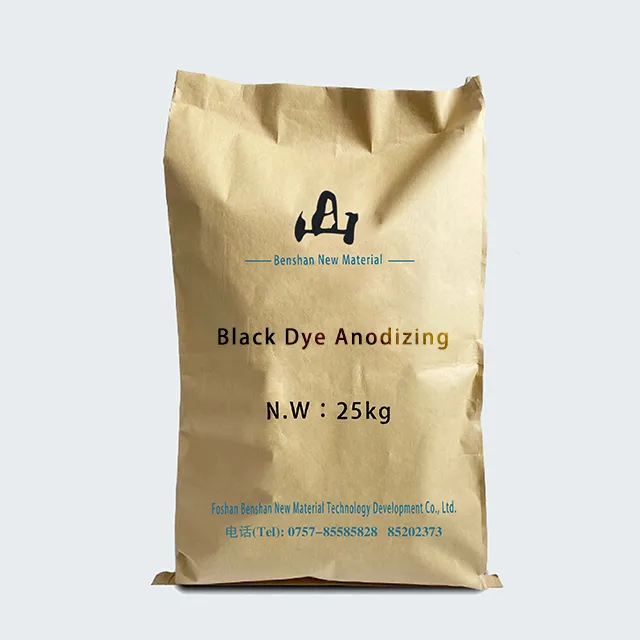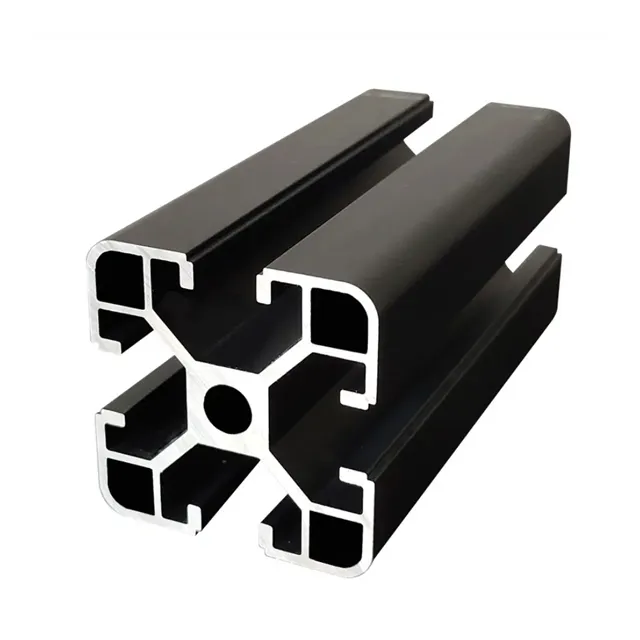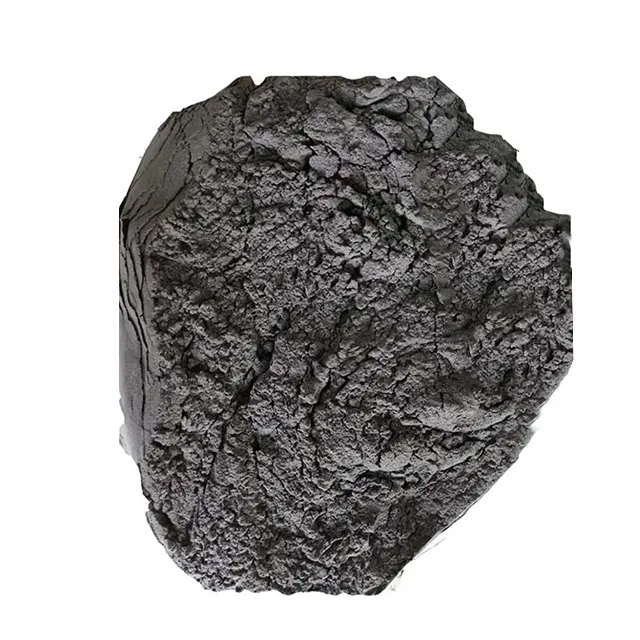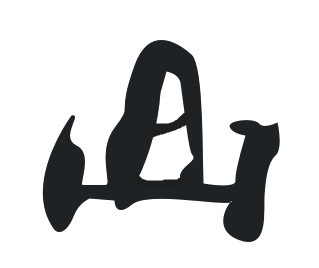
What are the advantages and disadvantages of anodized aluminum?
2024-07-10 15:30
In recent years, anodized aluminum has been widely used in construction, automobiles, electronic products and other fields, and is favored for its superior performance. However, anodized aluminum also has some disadvantages and limitations.
This article will explore the advantages and disadvantages of anodized aluminum in detail to help readers fully understand this important material.

What are the advantages of anodized aluminum?
Advantages of anodized aluminum: excellent corrosion resistance (dense aluminum oxide film), strong wear resistance, good decorative properties, excellent adhesion, insulation properties, and improved heat dissipation.
1. Excellent corrosion resistance:
One of the most significant advantages of anodized aluminum is its excellent corrosion resistance. During the anodizing process, a dense aluminum oxide film is formed on the surface of the aluminum material, which can effectively isolate corrosive substances in the external environment and prevent the aluminum material from being oxidized or corroded. This makes anodized aluminum extremely stable in harsh environments such as moisture, acid and alkali, and is widely used in building facades, marine facilities and other places that require long-term exposure to harsh environments.
2. Strong wear resistance:
The surface hardness of the anodized aluminum material is greatly improved and it has excellent wear resistance. The hardness of the oxide film is close to that of ceramics, which can effectively resist mechanical wear and extend the service life of aluminum materials. Therefore, anodized aluminum is widely used in the manufacture of mechanical parts, automotive parts and other products that require high wear resistance.

3. Good decorative properties:
Anodized aluminum has an excellent decorative effect. The oxide film can be dyed in a variety of colors, giving the aluminum surface a colorful appearance while maintaining its metallic texture. This makes anodized aluminum widely used in areas that require beautiful appearance, such as architectural decoration, household items, and electronic product casings. For example, many modern buildings and electronic products, such as iPhones and MacBooks, use anodized aluminum materials to achieve high-quality appearance designs.
4. Excellent adhesion:
The oxide film on the surface of anodized aluminum has a porous structure that facilitates the adhesion of coatings and adhesives. This property makes anodized aluminum excellent in applications that require further painting or bonding, ensuring strong adhesion of coatings and adhesives and improving the overall performance of the product.
5. Insulation performance:
The oxide film on the surface of anodized aluminum has good electrical insulation properties. This characteristic makes anodized aluminum widely used in electronic and electrical fields, such as electronic equipment casings, electrical insulation components, etc., which can effectively prevent current leakage and ensure the safety and reliability of equipment.
6. Improve heat dissipation:
The oxide film of anodized aluminum not only has good heat resistance, but also improves the heat dissipation performance of the aluminum material. In high-temperature environments, anodized aluminum can maintain stable structure and performance while effectively dissipating heat. It is suitable for applications such as electronic radiators and LED radiators that require efficient heat dissipation.

What are the disadvantages of anodized aluminum?
Disadvantages of anodized aluminum: complex process, high cost, brittle film layer, easy to crack, poor color stability, high sealing requirements, and limited thickness.
Although anodized aluminum has many advantages, it also has some disadvantages and limitations that need to be considered and addressed in the application.
1. The process is complex and the cost is high:
The anodizing process is relatively complex and involves multiple steps and strict process control, such as pre-treatment, anodizing, dyeing and sealing. This process requires the use of specialized equipment and chemicals, increasing production costs. Therefore, the production cost of anodized aluminum is higher, which may affect its application in certain cost-sensitive products.
2. The film layer is brittle and easy to crack:
The oxide film on the surface of anodized aluminum has high hardness, but it is also relatively fragile and is prone to cracks or falling off when impacted or bent. This shortcoming limits the use of anodized aluminum in some applications requiring high toughness. For example, in parts that are subject to frequent bending or impact, anodized aluminum may not work as well as other treatments.

3. Poor color stability:
Although anodized aluminum can be dyed in a variety of colors, its color stability is relatively poor and it is prone to fading when exposed to ultraviolet rays or harsh environments for a long time. This shortcoming limits its use in certain applications where vibrant colors need to be maintained over a long period of time. For example, anodized aluminum materials used outdoors may require regular maintenance and re-staining to maintain their beautiful appearance.
4. High requirements for hole sealing:
The sealing treatment after anodizing is very important and directly affects the performance of the oxide film. If the hole sealing is not handled properly, the corrosion resistance and wear resistance of the oxide film will be greatly reduced. The sealing process needs to be carried out under high temperature conditions and requires high process control, which increases production difficulty and cost.
5. Limit thickness:
The thickness of the anodized film is usually between a few microns and tens of microns, and it is impossible to form a thick protective layer. This limitation makes anodized aluminum unsatisfactory in some applications that require thick protective layers. For example, in special applications where extremely high resistance to corrosion and wear is required, anodized aluminum may not provide adequate protection.








